How much will my new iPhone change in a year?
The story behind the iOS updates
iOS 4 – The real iOS stands up
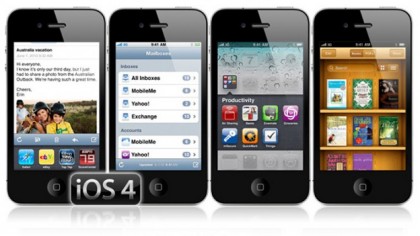
Number of updates: 9
When Apple launched the iPhone 4, it also introduced iOS 4, dropping the iPhone OS moniker as the mobile software continued to grow in stature and influence Apple's desktop strategy, as well as proving it wasn't just for the mobile phone..
The headline new feature was the long-demanded multi-tasking option, enabling iPhone users to easily jump between apps by double-clicking the Home button. It also added the ability to group like-minded apps into folders.
FaceTime video chats arrived as well as the long-desired threaded email app and the aforementioned iBooks app, previously an iPad exclusive.
iOS 4 supported the iPhone 4 iPhone 3GS, and iPhone 3G (minus some of the new features) but it signalled the end of the road for the original iPhone.
However, iOS 4 got off to an inauspicious start thanks to the antenna-gate scandal of July 2010. iPhone 4 users reported huge signal drop-off as they gripped the device in proximity to the repositioned antennae on the side of the device.
Apple blamed iOS 4's signal reporting rather than the hardware and Steve Jobs famously told users to "just hold it differently"
Get daily insight, inspiration and deals in your inbox
Sign up for breaking news, reviews, opinion, top tech deals, and more.
Apple said the bars on display were not correctly reflecting the actual signal strength and launched iOS 4.0.1 to "normalise" it.
When it came time to update the software following the iPod event in September 2010, Apple introduced iOS 4.1 added High Dynamic Range photos and introduced the new Game Center online multiplayer gaming tool, as handheld gaming on the device really started to come into its own.
TV show rentals were also introduced, while Apple's ill-fated attempt to launch a music-themed social network with Ping also made its arrival.
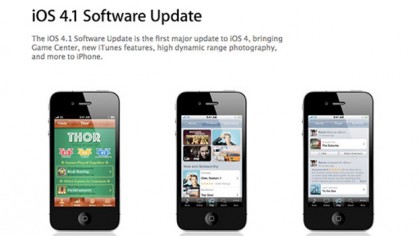
When the second-gen iPad arrived, Apple introduced iOS 4.2 which brought AirPlay and AirPrint support to the iPhone. The next minor updates, iOS 4.2.1 brought bug fixes, while iOS 4.2.5 saw the long-awaited arrival of the iPhone on the Verizon network in the United States, but no improvements for other countries.
iOS 4.3, however, introduced AirPlay support for third-party apps, allowing the likes of YouTube to be beamed to an Apple TV. iTunes Home Sharing also arrived for sharing music, video and more across your home Wi-Fi network, while Personal Hotspots were now possible on GSM-based devices too.
iOS 4.3.3, 4.4.3 and 4.3.5 fixed bugs and security holes.
For the second year running, the addition of a new iPod touch and the iPad 2 into the yearly product update cycle brought iPhone users new features as the year progressed. Game Center and especially AirPlay have proved popular features since.
iOS 5 – New features galore, but fewer updates
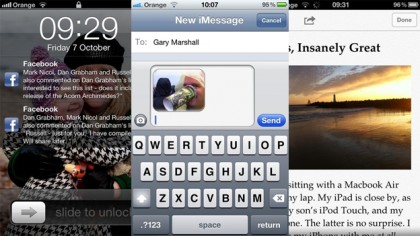
Number of updates: 3
Along with the launch of the iPhone 4S in the autumn of 2011, Apple introduced a pretty sizable iOS update. iOS 5 brought built-in Siri, the iCloud storage and syncing platform, iTunes Match support, Newsstand magazines, iMessages, built-in Twitter support, a new Notifications Centre as well as impressive Notes and Reminders apps.
There was also the introduction of AirPlay Mirroring, iTunes Wi-Fi syncing. The software also supported the iPhone 4 and the iPhone 3GS, but Siri was only available on the iPhone 4S.
After all that, there wasn't much left to do for the rest of the year. iOS 5.0.1 brought fixes for battery-life moans, and iCloud document storage while Siri was updated to understand Aussies.
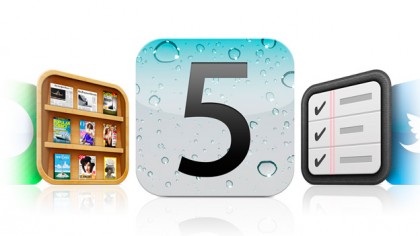
The only major update, iOS 5.1, wasn't that major at all. It brought support for the iPad 3 (or new iPad as it was coined) and also enabled Genius (wait, is that still around?) Mixes and Playlists within iTunes Match.
iOS 5.1.1 sorted a issue with AirPlay Playback and improved reliability for HDR photos taken from the lockscreen. There was also improved support for the Safari bookmark and reading list syncing.
Overall, after the original onslaught of new features, Apple didn't do much during the iOS 5 life-cycle other than fight a few very minor fires.
iOS 6 – The end for mid-year updates?
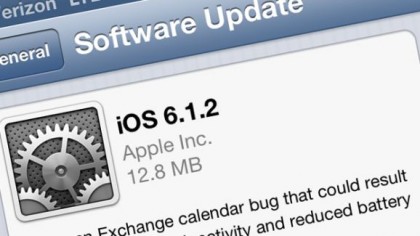
Number of updates: 6
The launch of the iPhone 5 saw iOS adapt to accommodate the iPhone 5's new 4-inch widescreen display, giving users an extra row of apps on the new device.
Beyond the aesthetics, Facebook integration joined Twitter, while Apple dropped native Google apps like YouTube and Google Maps. Its own mapping solution was largely derided and Google Maps was welcomed back into the fold by users a couple of months later.
It also brought the Passbook app, Apple's answer to the digital wallet trend, and shared Photo Streams. Neither of these apps have gained traction yet, but could be setting the scene for future trends.
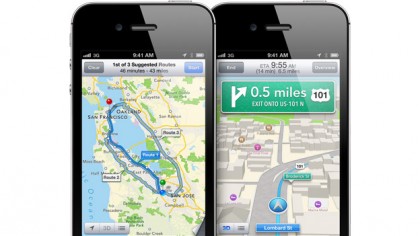
In terms of updates, iOS 6.0.1 and 6.0.2 arrived before Christmas to bring Wi-Fi bugs (among other minor niggles), while January 2013's iOS 6.1 brought additional music controls on the lockscreen when double clicking the home button. It also enabled users to download music from iTunes over cellular data.
The other updates were extremely minor. 6.1.1 brought bug fixes, 6.1.2 cured an ailment that affected battery life for Exchange calendar users, while 6.1.3 took out a bug that enabled users to get past the device's passcode. The last update, iOS 6.1.4 updated the audio profile for the speakerphone.
iOS 6 still brings support for previous iPhone models all the way back to the iPhone 3GS. Will that device survive into iOS 7's era?
iOS 7 – Future iOS updates?

By analysing the recent trends, it appears that iOS 7 will still be much the same operating system when it reaches the end of its year at the top of the food chain.
Not since the introduction of AirPlay, Game Center and iTunes Home Sharing during the iOS 4 life-cycle has Apple added significant new features in the gap between major releases and we can't envision that changing this time around.
Having strived for at least a year to revolutionise iOS 7 – by far the biggest change in its relatively-short history - it's difficult to see Apple adding plentiful new features throughout the year.
However, should the next-generation iPad 5 introduce software enhancements they will likely be fed down to the iPhone. If the company introduces a smart iWatch in the next 12 months, an iOS 7 update will also be necessary to support that device.
However, a prospective lack of new features doesn't mean we won't see plenty of updates throughout iOS 7's life-cycle. With the top-to-bottom rebuild, there are bound to be teething problems for iOS 7, despite its lengthy period in beta testing.
We would expect plenty of early updates addressing bugs and security worries or perhaps even the fine-tuning of some new features that aren't going over too well with its core user base.
As for the iPhone 5S and iPhone 5C? Well it's certain the handsets will outlive iOS 7 by a number of years. Considering 2010's iPhone 4 is on the compatible devices list, it's certainly plausible that Apple's newest devices will still have access to the latest and greatest version of iOS which, if our maths is correct, will be iOS 10.
A technology journalist, writer and videographer of many magazines and websites including T3, Gadget Magazine and TechRadar.com. He specializes in applications for smartphones, tablets and handheld devices, with bylines also at The Guardian, WIRED, Trusted Reviews and Wareable. Chris is also the podcast host for The Liverpool Way. As well as tech and football, Chris is a pop-punk fan and enjoys the art of wrasslin'.
